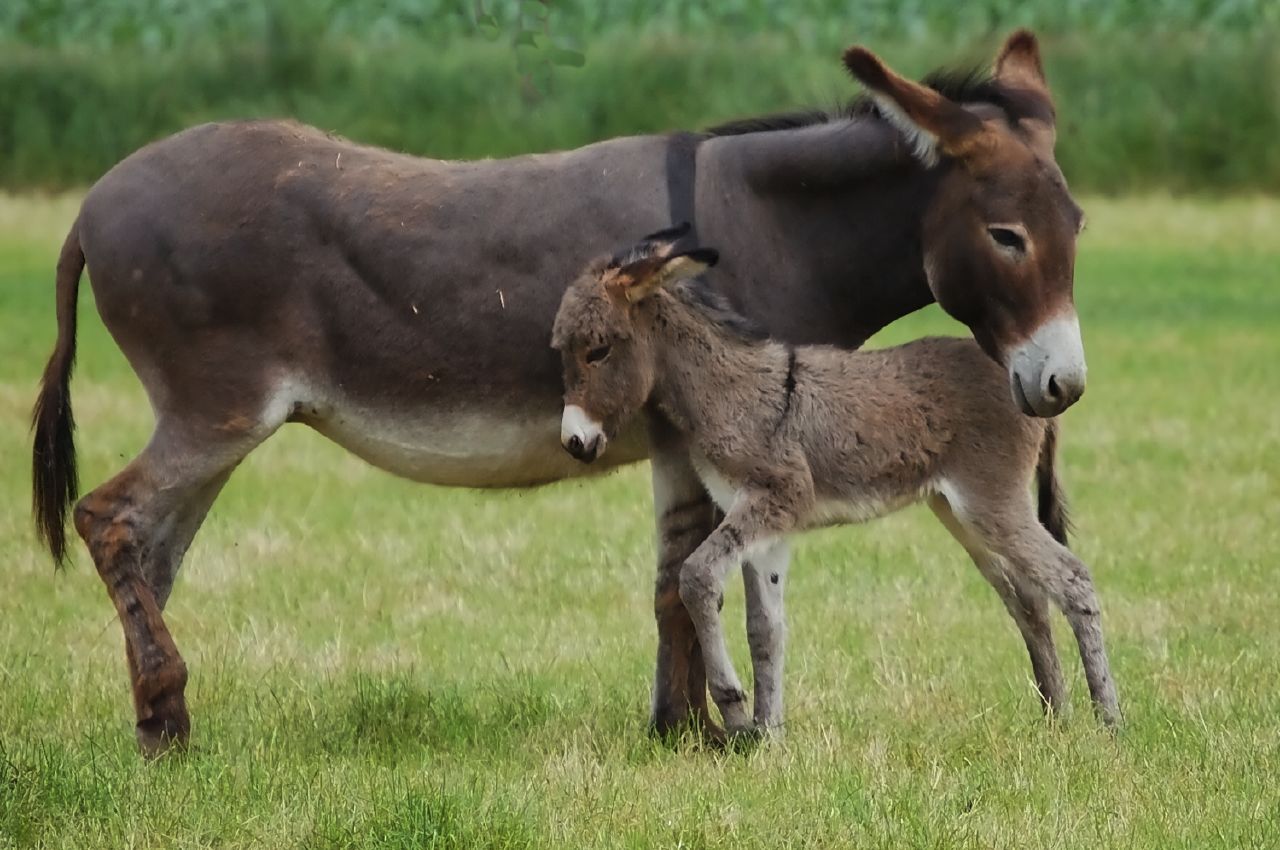Donkeys, known for their strength and endurance, are fascinating creatures with unique mating behaviors that are essential to their reproduction and overall species survival. Understanding how these animals mate not only sheds light on their reproductive habits but also offers insight into their social structures and behaviors. This article will delve into the intricacies of donkey mating, including their courtship rituals, breeding cycles, and the importance of genetic diversity within the species.
Donkey and donkey mating is a natural process that plays a crucial role in maintaining the population of these animals. From understanding their reproductive biology to the various factors influencing successful mating, this article aims to provide a thorough overview for animal lovers, breeders, and anyone interested in equine studies. The dynamics of donkey mating are not just about reproduction; they encompass a range of behaviors that illustrate the complexities of animal interaction.
As we explore the topic of donkey and donkey mating, we will address common questions and concerns regarding their reproduction. This guide will not only enhance your knowledge of these incredible animals but also help you appreciate the delicate balance of their ecosystem. So, let’s embark on this journey to uncover the fascinating world of donkey mating!
What is the Breeding Cycle of Donkeys?
The breeding cycle of donkeys is influenced by various factors, including the season and environmental conditions. Typically, female donkeys, or jennies, have a reproductive cycle that lasts about 21 days, during which they may go into estrus or heat. Here are some key points regarding their breeding cycle:
- Donkey mating usually occurs in the spring and summer months when environmental conditions are more favorable.
- Jennies show signs of heat through behaviors such as increased vocalization, restlessness, and a willingness to mate.
- Gestation for donkeys lasts approximately 11 to 14 months, after which the female gives birth to a single foal.
- Foals are typically weaned at around six months, but they may stay with their mothers for up to a year.
How Do Donkeys Attract Each Other for Mating?
Mating among donkeys is preceded by a courtship ritual that involves a series of displays and behaviors to attract potential mates. These behaviors can include:
- Vocalizations: Both males and females use sounds to communicate their readiness to mate.
- Physical displays: Males may exhibit posturing or other physical behaviors to demonstrate their strength and fitness.
- Social interactions: Donkeys often engage in playful behaviors that help establish bonds between potential mating partners.
Can Donkeys Mate with Other Species?
Donkeys are known to interbreed with horses, resulting in hybrid offspring known as mules. However, mating between donkeys and horses is not a typical occurrence in the wild. Here are some facts about hybrid mating:
- Mules are generally sterile due to the differences in chromosome numbers between horses and donkeys.
- This hybridization can occur in controlled breeding environments, where breeders aim for specific traits found in both species.
What Factors Influence Successful Donkey Mating?
Successful mating in donkeys can be influenced by several environmental and physiological factors. Some of these include:
- Health and nutrition: Well-nourished donkeys are more likely to reproduce successfully.
- Age: Younger donkeys may take longer to establish mating habits, while older donkeys may have decreased fertility.
- Social structure: The dynamics within a herd can affect mating opportunities and success rates.
How Do Breeders Ensure Healthy Mating Practices?
Responsible breeders play a crucial role in ensuring that mating practices among donkeys are healthy and sustainable. Some best practices include:
- Conducting health checks on potential mating partners to prevent the spread of diseases.
- Maintaining genetic diversity by avoiding inbreeding, which can lead to health issues in offspring.
- Providing a suitable environment that mimics natural conditions, allowing for successful mating behaviors.
What Are the Signs of Pregnancy in Donkeys?
Recognizing the signs of pregnancy in donkeys is essential for breeders to ensure proper care during gestation. Some signs include:
- Physical changes: A noticeable increase in size around the abdomen.
- Behavioral changes: Pregnant jennies may exhibit changes in temperament and activity levels.
- Changes in appetite: Pregnant donkeys often have increased nutritional needs.
What Should You Know About Donkey Foals?
Donkey foals are adorable and require special care as they grow. Here are some important aspects to consider:
- Foals are typically able to stand and walk shortly after birth, which is crucial for their survival.
- They rely on their mothers for nutrition, particularly through nursing in the early months.
- Socialization is important for foals, as it helps them learn behaviors and establish connections within their herd.
How Do Donkey and Donkey Mating Behaviors Impact Their Population?
Donkey and donkey mating plays a significant role in maintaining healthy populations. The success of mating practices can lead to:
- Increased genetic diversity, which is essential for the resilience of the species.
- Better adaptation to environmental changes, ensuring the survival of donkeys in various habitats.
- The overall health of herds, as successful mating leads to healthier offspring.
Conclusion: The Importance of Understanding Donkey Mating
In conclusion, understanding donkey and donkey mating is essential for anyone involved in breeding, animal husbandry, or simply appreciating these remarkable creatures. By recognizing the complexities of their mating behaviors, we can better support their populations and promote their well-being. Through responsible breeding practices and a commitment to maintaining genetic diversity, we can help ensure that donkeys continue to thrive for generations to come.



